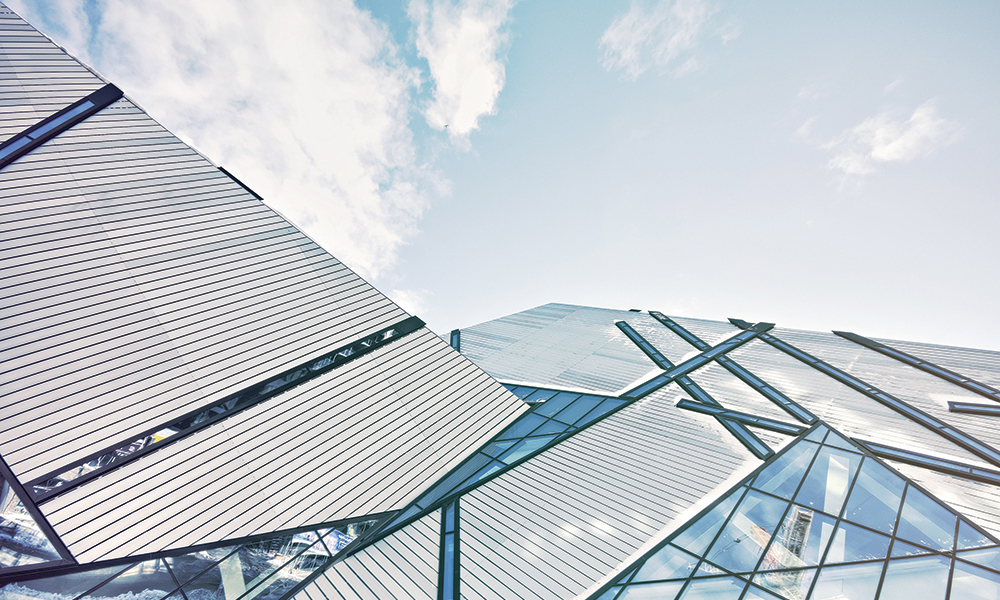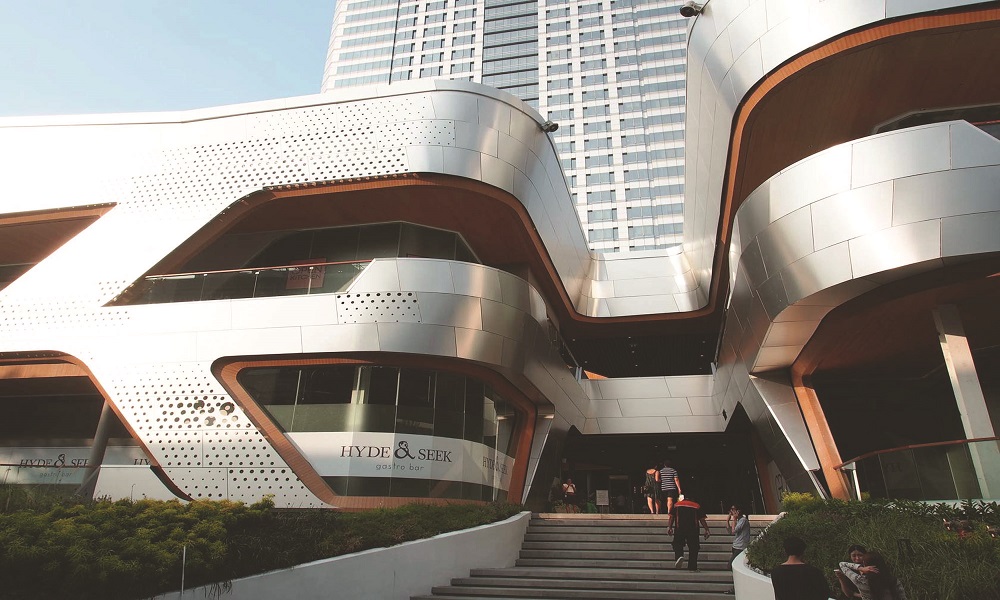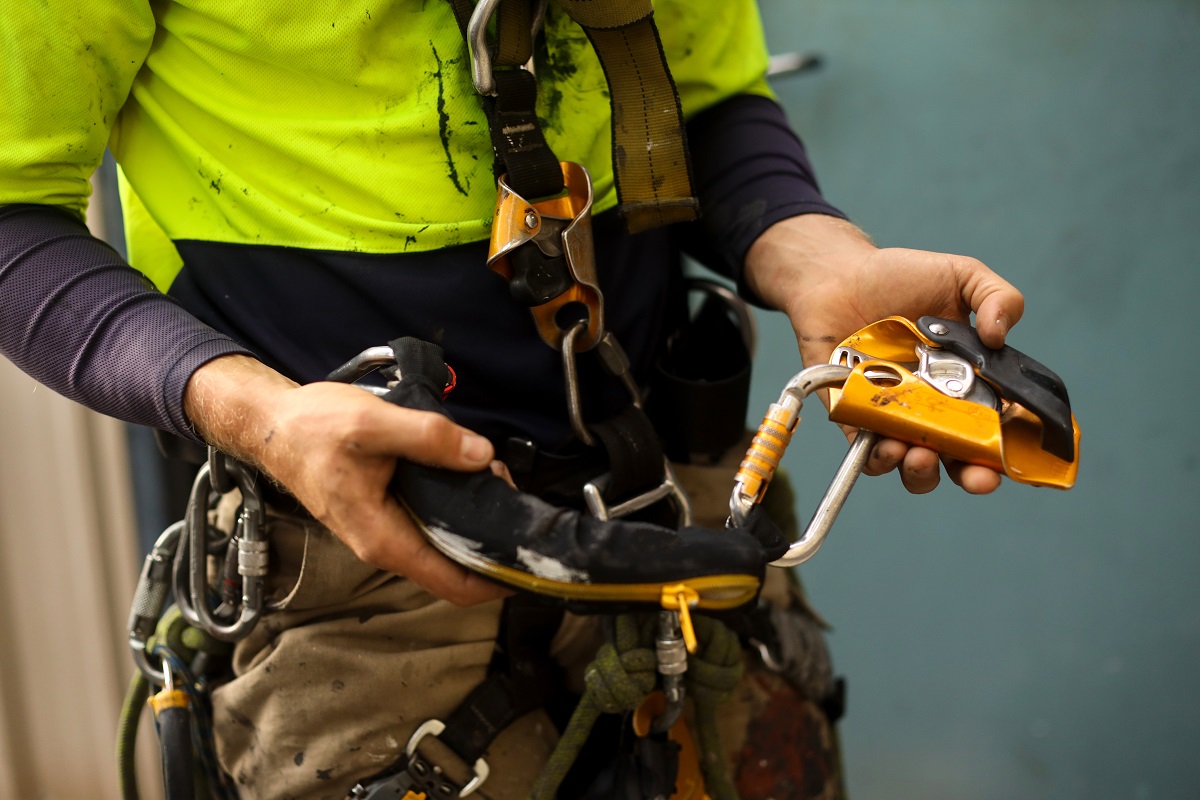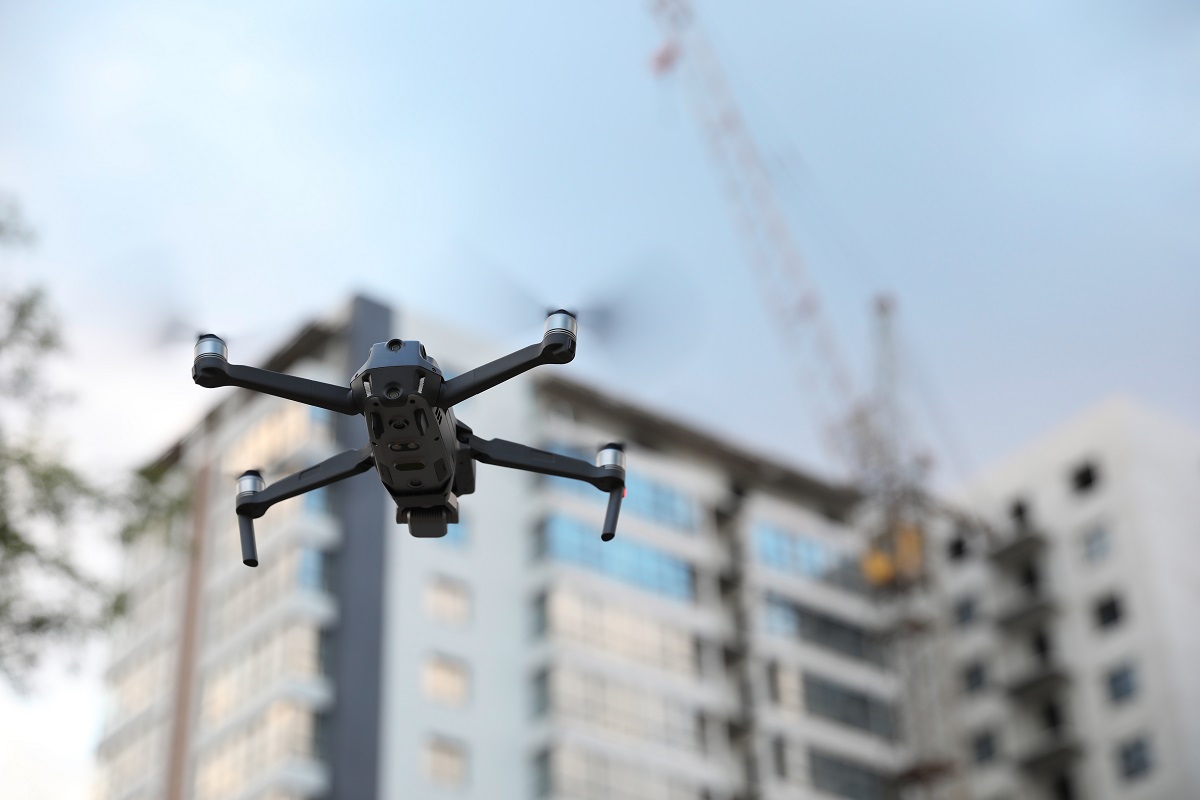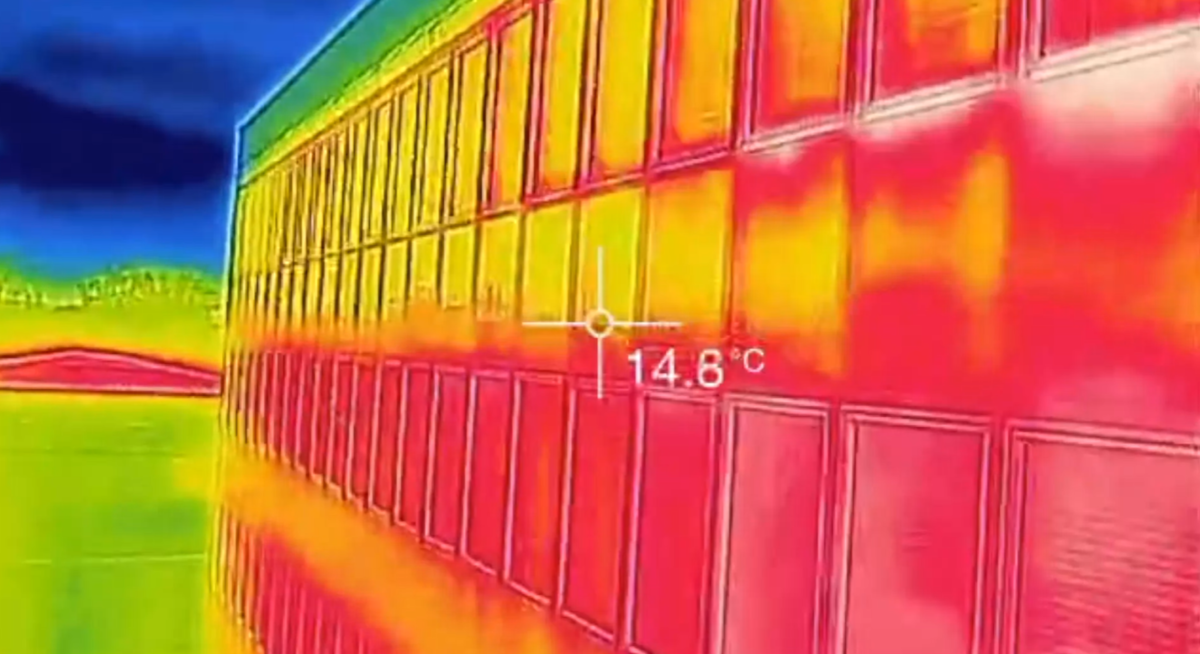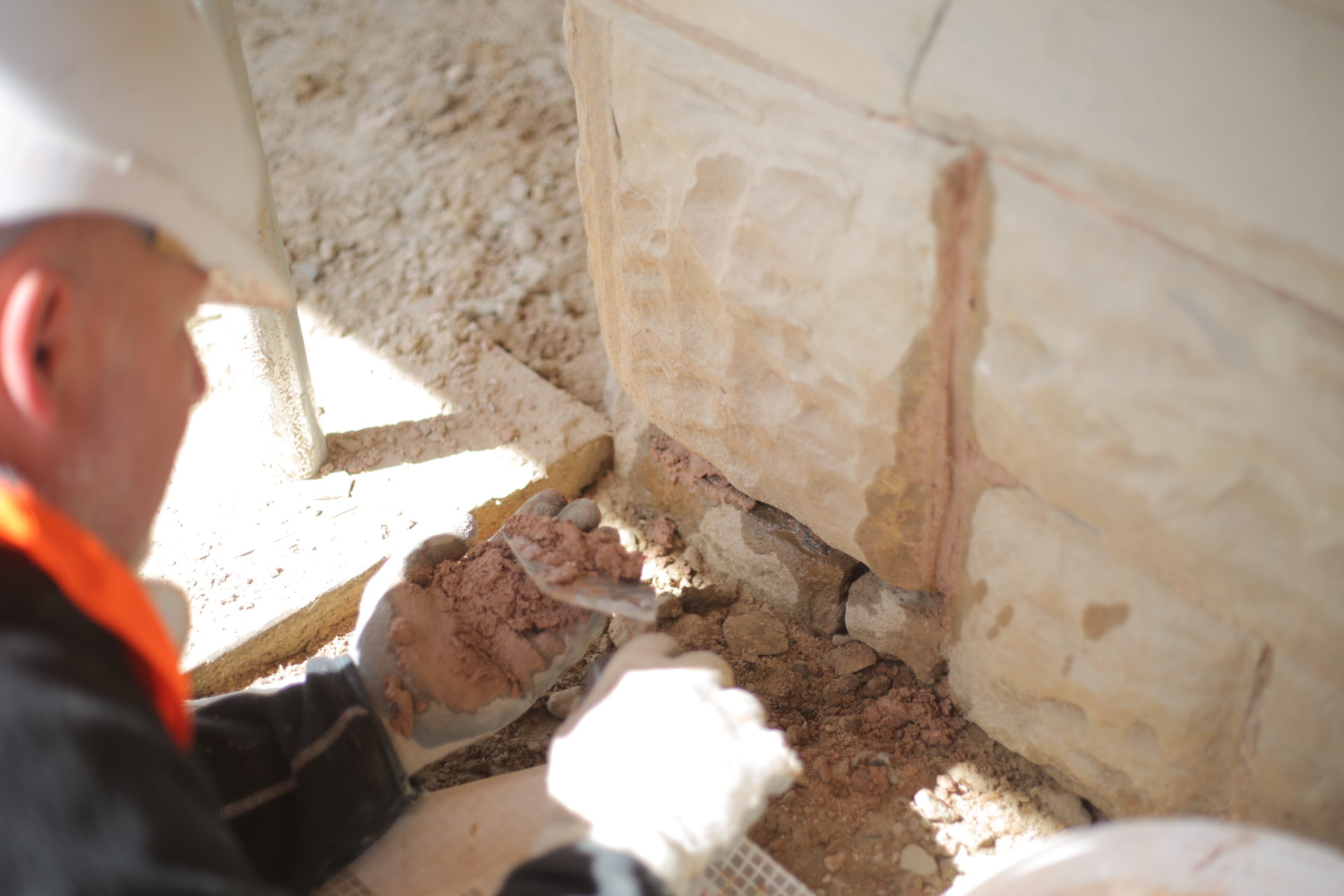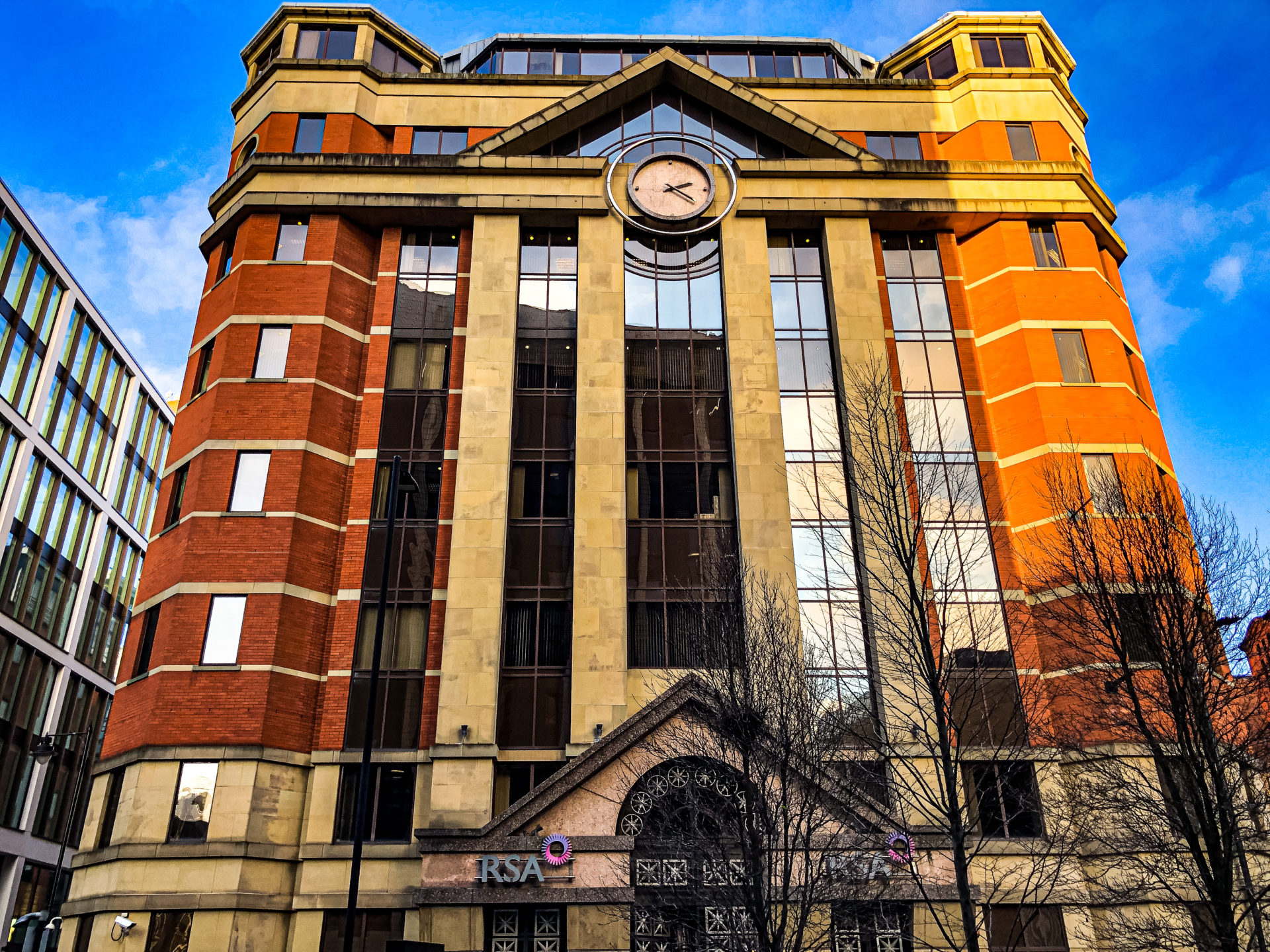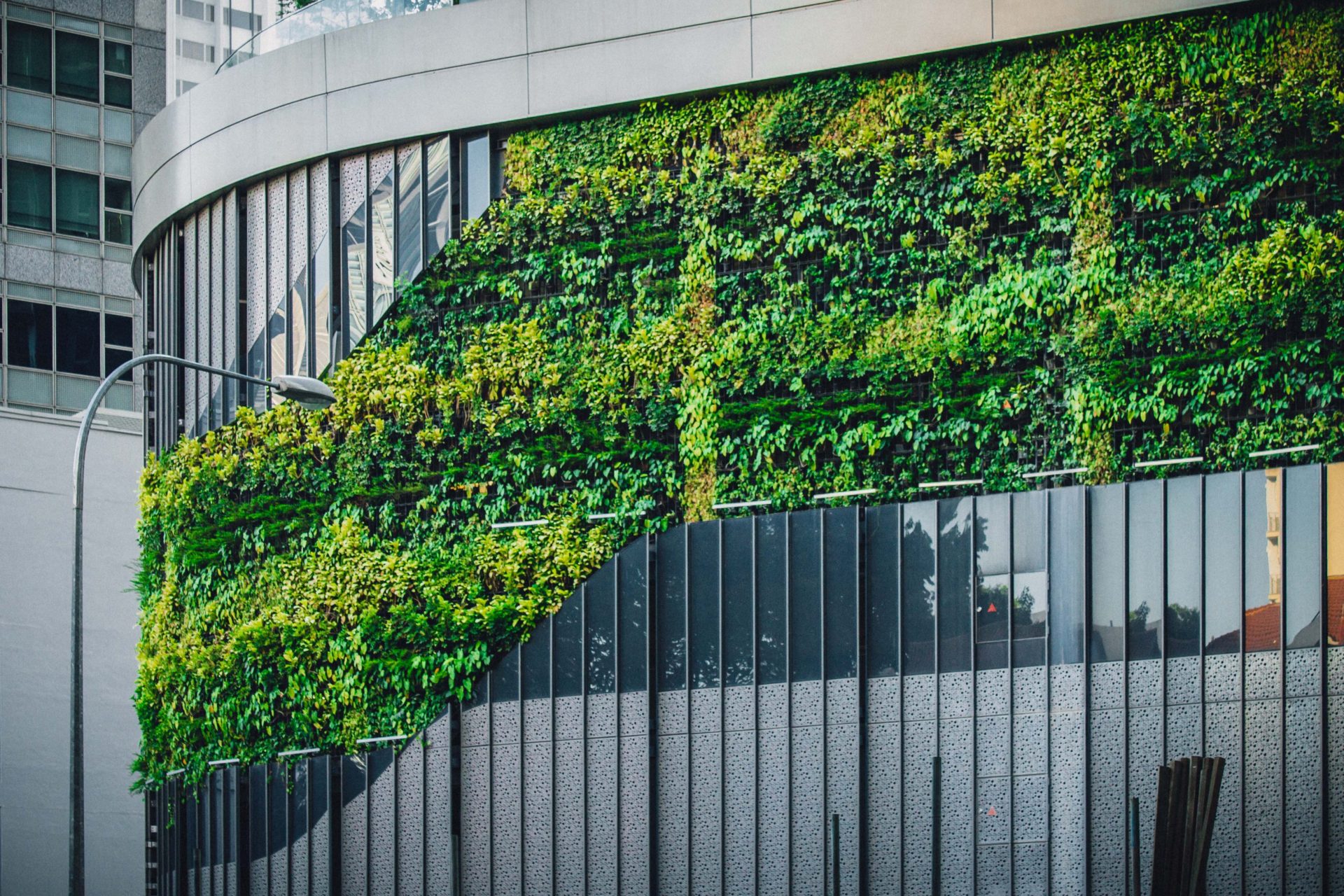Façades today are almost a statement of artistic swank rather than a key performing component that fundamentally influences how a building functions.
But these highly complex structures reflect commercial intent, push design boundaries, change environments and showcase engineering capabilities.
Are modern day façades merely used as a tool to showcase design progression and engineering egos? Are we considering the façade skin and the role it plays in influencing the urban landscapes of our future?
There is so much emphasis placed on the initial phases of concept and design & construction with little thought or consideration given to how the architectural intent and design will be protected. I feel there needs to be a fundamental shift in thinking. A more holistic and long-term view would demonstrate how these assets will deliver in line with design expectations.
However this ideal solution is not generally congruent with building owners. The context is far more focused around commercial returns and not the building fabric’s condition, performance or its influence on the surrounding environment.
I consider a façade and the surrounding building envelope as a ‘skin’, a vital organ that influences emotion, behaviour and physical output throughout the surrounding urban space in which it sits. A façade is a living and breathing component of the city with an amazing ability to push or pull communities within commercial or social environments. It changes, weathers and ages, influencing the urban landscape around it.
I believe that there is an inextricable link between how a building façade looks, the perception it creates and the impact that this can have on personal, business or community pride. Façades determine the appearance of a building, but they could also play a bigger part in opening up communities and city landscape through designs that fit in line with those that work, travel and live within the spaces. Does more consideration need to be given to those that exist within the building fabric at the concept and design stage?
Would such consideration influence the types of materials, the height and shape of the structure? Would different material use impact the weathering patterns and subsequently impact the role the façade plays in its surroundings? Should architects/façade designers spend more time talking to communities in which the building will sit? These are all pertinent questions open to debate.
The building ‘skin’, its height, colour, condition, use of material and style can seamlessly work together to inspire people and places. A building’s skin will change over time, but not always in a predictable manner. As with human skin a building skin needs care, attention and protection to really fulfil its role and add value to the environment in which it sits, both now and in the future. Façades are a major focus in architectural design – they reflect the building intent as well as providing important functions such as lighting, weather-proofing, thermal insulation, load transfer and sound insulation. Little credit is given to façades for the wider role that they play in today’s landscape. If it was, I believe more action would be taken to manage and protect structures from the stress they constantly face.
This perception of strength is often what leads to the downfall of a building skin, with almost no consideration given as to when or how it will need ‘moisturising’. I believe that there is little understanding of how today’s modern and complex structures will change, age and weather under conditions they have never been exposed to. What is the real lifespan of these tall buildings that require huge sums of funding yet receive next to nothing in the way of proactive inspection? On a practical level it might be proposed that design and engineering become devalued as there is no accounting for how the building façade will change under constant pressure and extreme weather conditions.
Over the years façades have become more intelligent and versatile, but time and time again we see ingenious engineering and unique designs for iconic buildings produced with no real understanding or value placed on protecting the façade skin or building legacy.
We care for the future of the building skin, supporting the vision of those that, live or work within the designed space. As designs become more complex we expect more from them in terms of performance. Questions need to be asked surrounding “Who or what is at the heart of the influence of the building façade’s design?”

